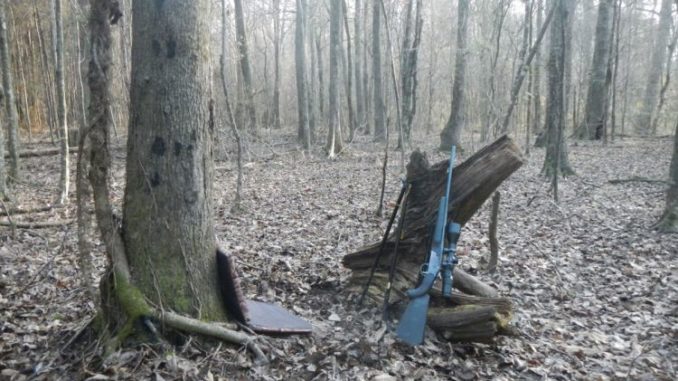
Hunters frequently tell me they do not see bucks chasing does when the rut should be in full swing. Lack of cold weather will certainly be a reason for deer activity to be poor.
Deer have on their winter coats, and unseasonably warm temperatures will have them laying up in thermal cover until the temperature begins to fall.
Another factor that might keep hunters from seeing rut activity is hunting pressure. Not long after the season opens, deer wise up to hunters and avoid permanent stands around feeders and food plots.
After a few years of hunters hunting from permanent stands, generations of deer have watched family members harvested at these sites — and survivors will associate human predators with these structures.
Oftentimes, hunters establish no-hunt zones, buck sanctuaries or refuges, or stand locations that are lightly hunted. Some of these refuges are in thick areas that have good cover for deer.
Deer quickly understand that these areas do not have human predators, and once the shooting starts they go to them.
This is referred to in the animal world as learned behavior. If there is a good acorn crop, all the deer have to do is just lay up undisturbed in these areas during the day and come out to feed at night.
If the rut is on, bucks will be with does in these refuge areas — out of sight of hunters.
While the idea of buck or deer refuges has some merit, it can easily work against the hunter. If a club or landowner has established antler criteria to protect younger bucks, such no-hunt zones might not be necessary.
Refuges are established to protect bucks and give deer quiet areas without hunter disturbance. From what I have seen, it works very well — perhaps too well.
Research is finding that on lands with a good adult buck age structure, more older bucks die from natural mortality rather than from hunting.
That means buck refuges might become buck graveyards.
It is not wise management to let Mother Nature harvest deer, especially when a lot of time and money is being put into the management program.
Of course, the problem compounds as bucks grow older and become more nocturnal and much harder to hunt.
Not only can the buck harvest be impacted by such no-hunt zones, but doe harvest also can be reduced and the recommended harvest for a tract of land might never be achieved.
I suggest that if you have such no-hunt areas on your land and deer activity becomes slow during the season, open these areas up in the late season: Move hunters in and get the deer moving.
Antler criteria will protect the younger bucks, and you just might see some of those trophies you have been seeing on your trail cams.
It also is a good idea to leave the box stands in the late season and hunt from a ground blind or portable stand at different locations on food plots or rights of way. Hunt trails leading to feeding sites, or find those oak trees that have acorns and hunt in those areas.
The past two deer seasons have been extremely slow for Bayou State deer hunters. Hopefully 2016 will be different.
I have been seeing acorns on tree branches that have broken and fallen over the past few months, so there appears to be the making of another decent acorn crop in 2016.
Deer hunters are a lazy bunch, and a good mast crop will keep deer feeding in the woods — even during the rut — while hunters sit on food plots and feeders.
That, in a nutshell, guarantees another poor season.
So take a page from the deer’s book and change your hunting behavior.


